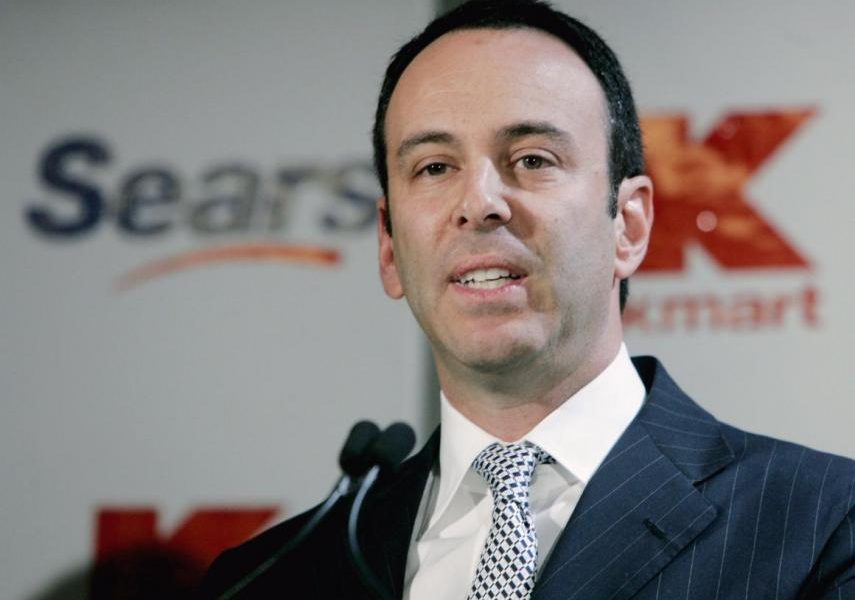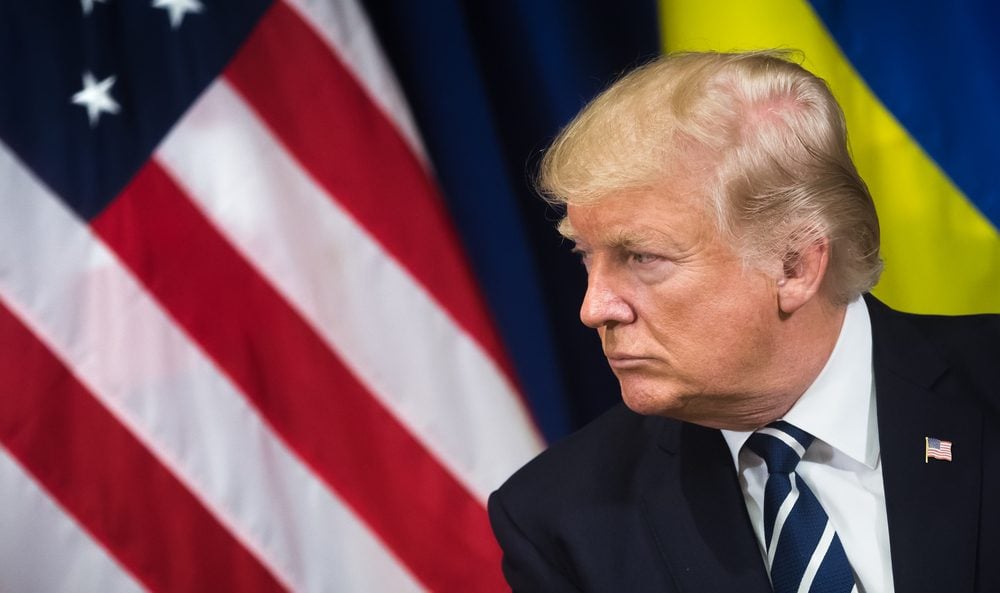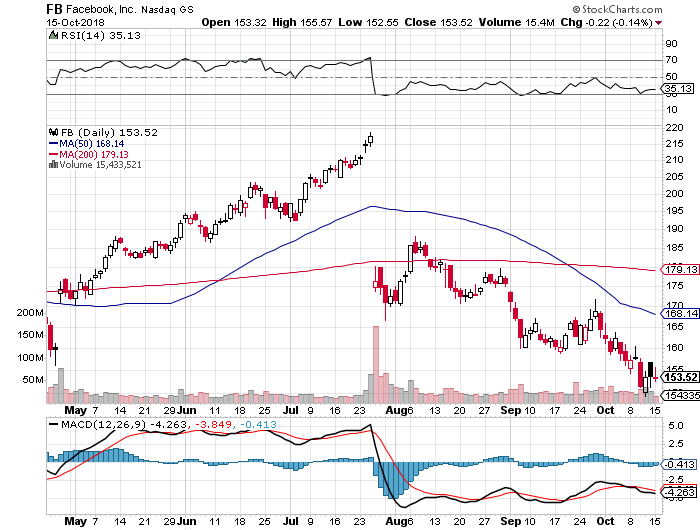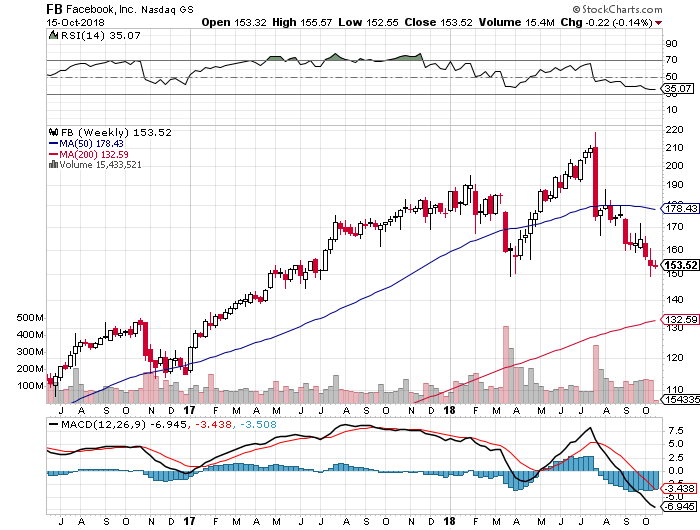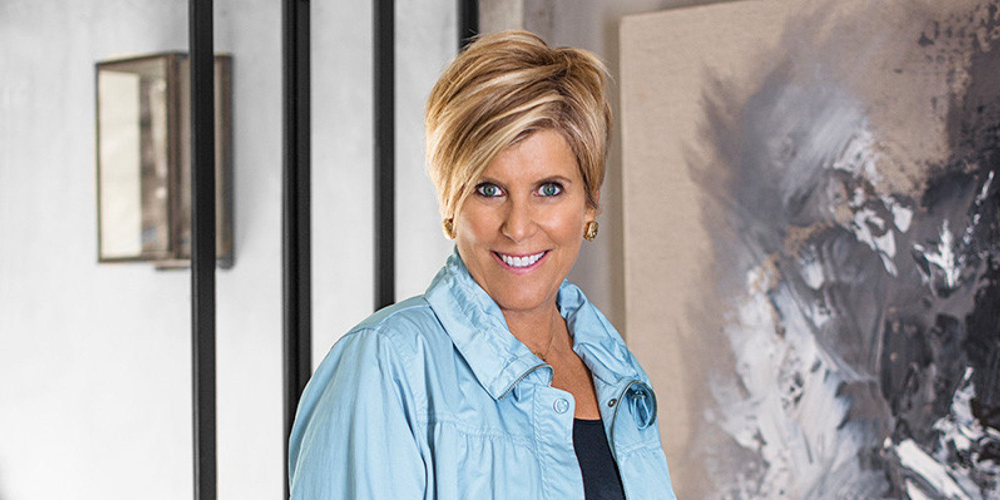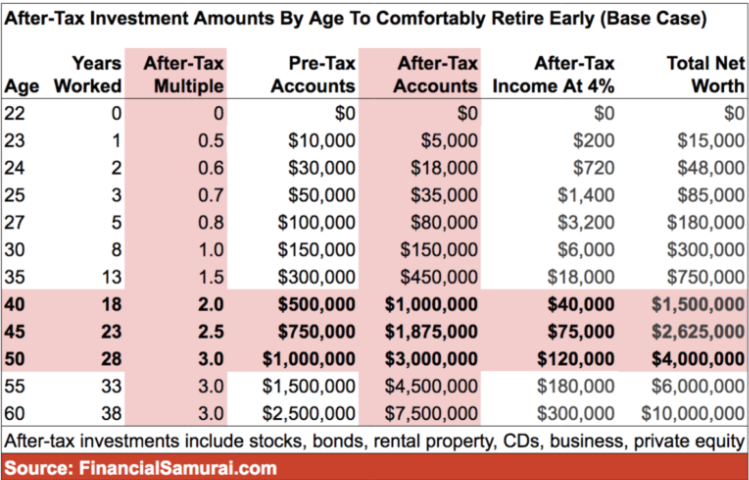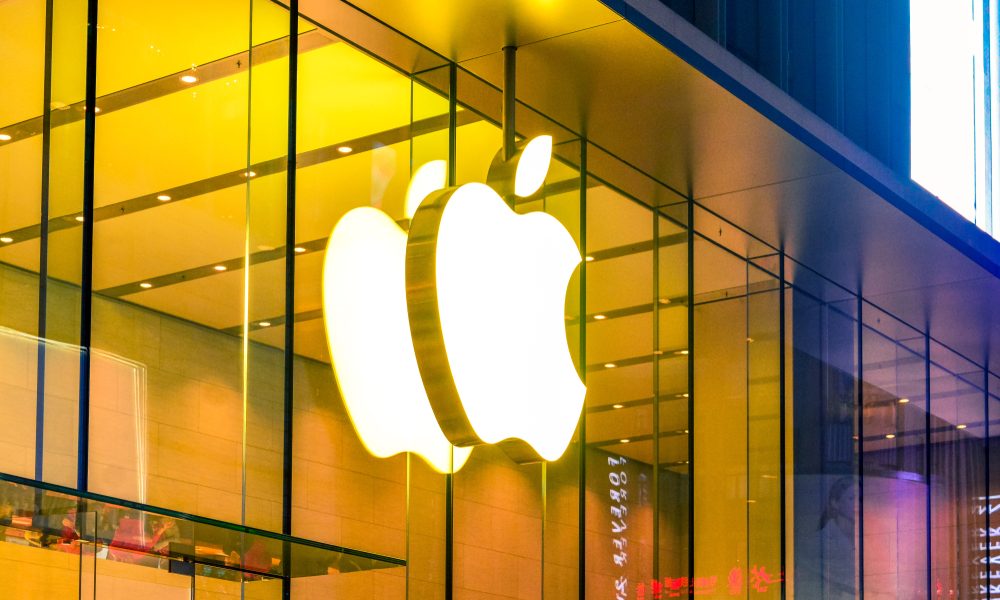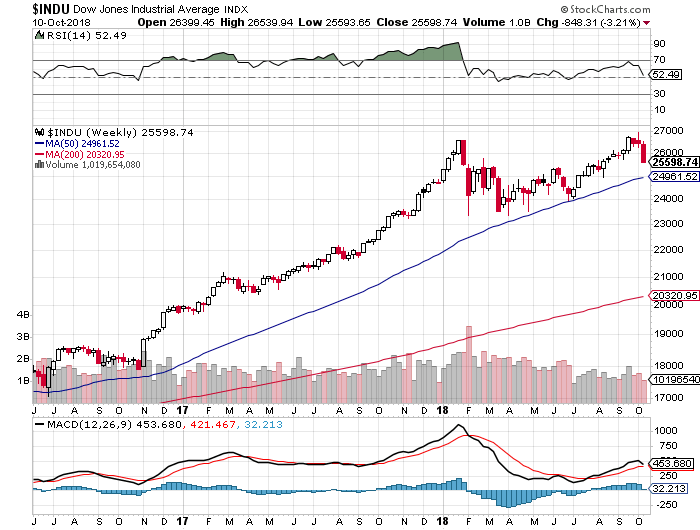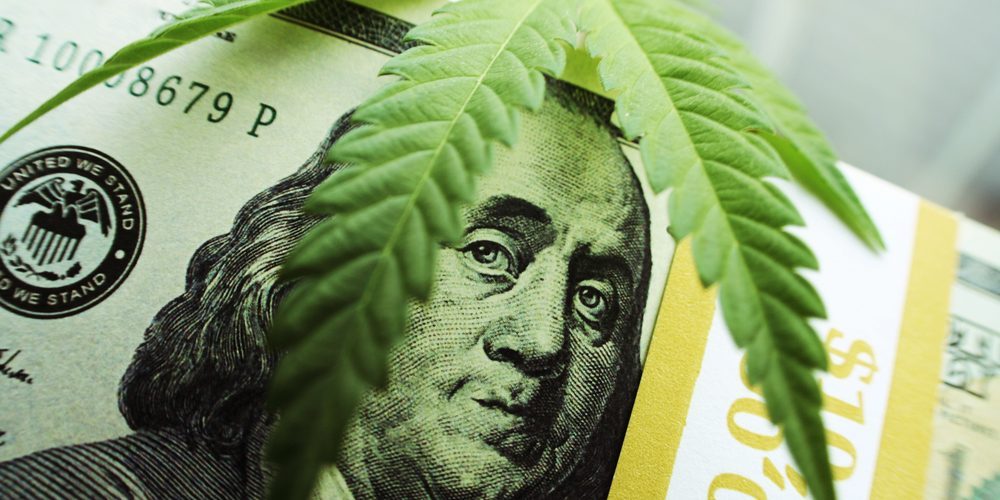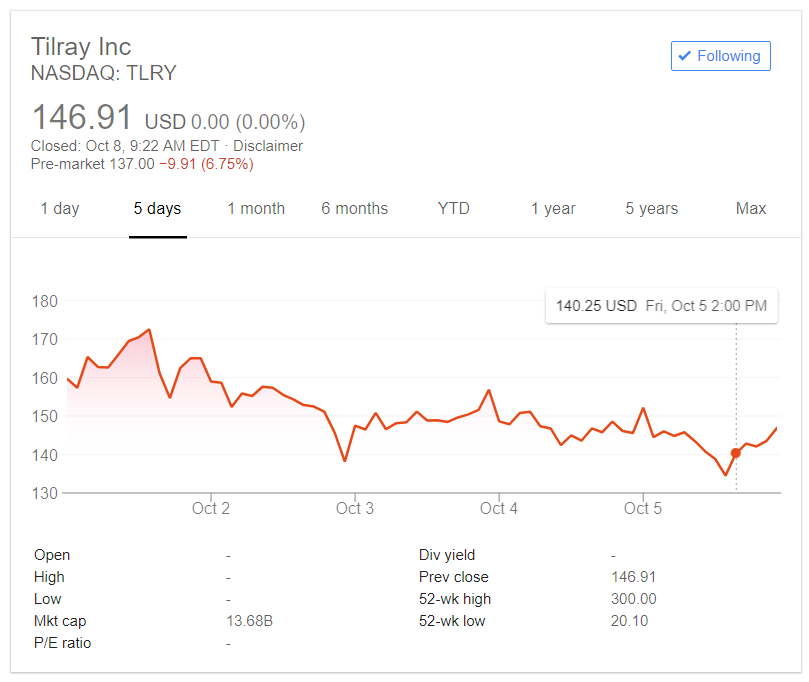Eddie Lampert was in a position to revolutionize the US retail sector. A little over a decade ago, he was worth a touch more than Amazon’s Jeff Bezos, at nearly $4 billion. Now he’s still at the helm of Sears, which filed for bankruptcy protection on Monday of this week.
Some market commentators have speculated that an eroding middle class is to blame for Sears’ troubles, but Eddie Lampert is a far more probable culprit.
The modern Sears was created in 2005 when Eddie Lampert merged it with another American retail icon, Kmart. His move to sell off a bunch of real estate assets that Kmart controlled helped Mr. Lampert to gain billionaire status a few times over–and attracted a lot of attention from major players on Wall St.
In the wake of his inspired Kmart deal, Eddie Lampert was actually able to take over Sears. Kmart’s shares were riding high in 2005, and Eddie made his move.
It would be the beginning of a long slow grind downward, which Eddie Lampert’s ideas were almost wholly responsible for. The big problem is that he had no clue how to actually run a retail business, or sink money into staying competitive.
Dear Eddie Lampert, There’s a New Technology Called “the Internet”
At their cores, the business model that a company like Amazon and a company like Sears use aren’t wildly different. Both companies sell a whole bunch of consumer stuff to the public. The big divergence between how the two companies operate is how people buy from the retailer.
Amazon allows shoppers to use a website to make their purchases, while Sears used big stores that were expensive to operate, and required much higher levels of staffing. It should be clear by now that Mr. Lampert’s decision to shun spending on developing a web presence was probably one of the worst ideas in US retail, ever.
Instead of using Sears’ deep pockets and extensive network of stores to create a hybrid business model that embraced online shopping, Eddie Lampert decided to cut spending on keeping up the appearance of Sears’ stores. He also subdivided Sears Holdings into 30 different “silos,” and then made the leaders compete for dwindling resources within the company.
The ideas that Eddie brought to the table were certainly innovative, much in the same way that a massage given with chainsaws would be. The end result is also the same. Now the corporate entity that Eddie Lampert has been slowly bleeding for more than a decade is a total wreck.
People Don’t Want to Shop in Ruins
While Eddie was turning his back on online retail, his strategy to cut costs via removing remodeling budgets from Sears’ annual spending ensured that his company couldn’t compete with other big-box retailers like Walmart and Target. The idea that one can just abandon a store’s aesthetic upkeep, and leave its employees to attract clients based on their efforts is totally absurd.
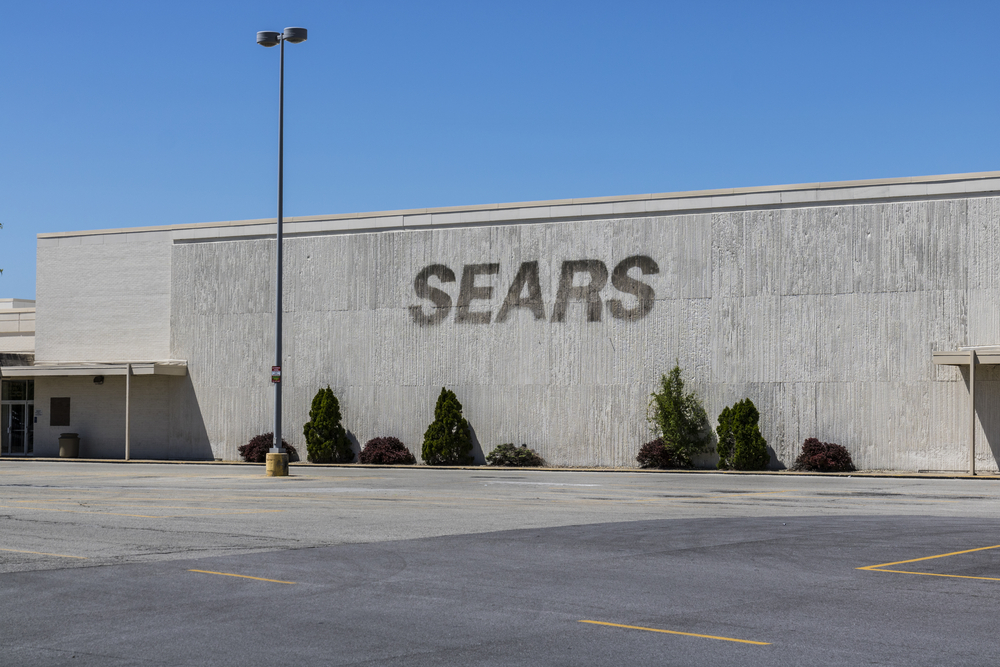
Apparently, Eddie Lampert was known for running Sears from one of his two multi-million dollar mansions, which would explain why he was almost totally disconnected from what Sears’ locations were turning into. Not that Target or Walmart are exactly a treat for the senses, but they aren’t slowing degrading from a decade ago either.
Perhaps the most difficult thing to understand in all of this is how Eddie Lampert is still in charge of anything. He clearly has no idea how to keep a business competitive. In fact, he doesn’t seem to understand that retail stores need to be kept up to attract customers. Now Sears is a mockery, and if they emerge from bankruptcy one wonders what kind of market they could hope to serve.
As for Eddie Lampert, he still has some nice houses and a massive yacht that’s named after an Ayn Rand novel. The bumbling (barely) billionaire is still trying to make deals to sell off Sears’ assets, some of which were blocked due to the fact that he was behind the company trying to buy the assets from Sears.
With so much money gone, and so many terrible ideas, Mr. Lampert may be getting out of his mansions a bit more, and spending his days in litigation. It should be a nice change for him.
Featured image from Reuters.

